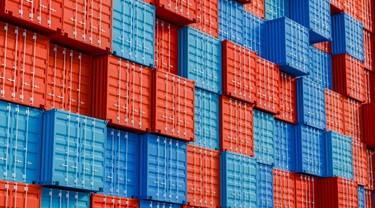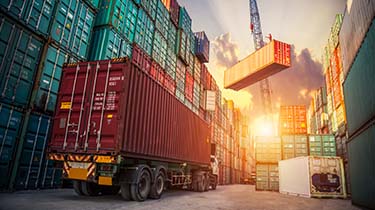Much of the talk about the global outlook these days is focused on diverging preoccupations in the United States and Europe. The war in Ukraine threatens energy supplies to Europe, has upended confidence and thrown into question the continent’s ability to restore growth and stability. Across the pond, inflationary pressures far outweigh fears of a growth slowdown, for now at least, and questions abound about the U.S. Federal Reserve’s ability to orchestrate a soft landing.
However, a large, admittedly less visible segment of the global economy, faces concerns of a more existential nature. Having barely emerged from the COVID-19-induced economic crisis, many less-developed economies now find themselves battling increases in food and fuel prices.
With Russia accounting for about 12% of global oil production and more than 16% of the world’s natural gas supplies, the situation in Eastern Europe continues to keep energy prices at elevated levels. Meanwhile, agricultural commodity prices are all much higher this year, given the importance of Black Sea grain exports as well as other essential inputs from the region, like fertilizers. With the war disrupting planting schedules and yields for next year, there appears little end in sight.
Elevated food and energy prices are key pressure points for many less-developed countries, where household spending on these staples account for a larger share of total income, as compared to more developed economies. Many of these countries also entered the pandemic with elevated debt ratios and have emerged from the downturn with more limited policy room to manoeuvre, having also experimented with larger budget deficits and unconventional monetary policies.
For those countries already under financial strain, this unexpected shock presents additional credit risk in an already tightening credit environment. This will dampen prospects for a strong post-pandemic economic recovery and further complicate efforts to stabilize debt metrics.
As food and fuel insecurity grows and incumbent regimes struggle to contain its inflationary impacts, prospects for social unrest also increase. Higher staple prices have commonly triggered political instability in the past. We’ve already witnessed bread price protests in Iraq, and a January fuel-price increase in Kazakhstan boil over into anti-government protests in that market. In Peru, mass protests initially sparked by fertilizer and fuel-price increases erupted into violent anti-government protests.
You should also check out
EDC interactive tool offers economic insights on Canada’s Top 75 trading partners.
Which economies are most at risk?
According to an EDC Economics analysis, ranking the most vulnerable developing countries owing to their dependency on food and fuel imports, Sub-Saharan Africa dominates the list. In particular, countries such as Benin, São Tomé and Príncipe, Mauritania, Senegal, Mali, Côte d’Ivoire, Burkina Faso, Zimbabwe and Mozambique stand out as most vulnerable.
In the Middle East and North Africa (MENA) region, Ukrainian and Russian supplies account for more than 50% of wheat, cereal and barley imports. Key wheat consumers include Egypt, Jordan, Morocco and Tunisia. Yemen and Lebanon also make the list of exposed countries, coming into the current wave of shocks with already high public debt-to-gross domestic product (GDP) ratios and little room for authorities to help cushion the blow.
Other notable vulnerabilities include Sri Lanka and Pakistan, for their dependence on fuel imports, and Indonesia and Turkey, given that they rank among the largest global importers of wheat. Among Caribbean markets, the small island economies of Barbados and Jamaica are key fuel importers, already suffering from the negative impacts of the pandemic on vital tourism receipts.
The bottom line?
Growing food and energy security concerns, resulting from the war in Ukraine, threaten to push millions of people further into poverty and tip dozens of countries into debt crises. While the current price environment is no doubt a benefit to many commodity-exporting markets, sustained high prices for food and fuel will produce more losers than winners among developing countries, potentially creating new sources of economic and political instability. This has led the World Bank to announce the creation of a $170-billion emergency fund for affected markets, a support package larger than that intended for pandemic relief efforts. Let’s hope that the plight of the less visible comes into sharper focus before it’s too late.
This week, a very special thank you to Susanna Campagna, a principal at EDC Economics, and Daniel Benatuil, senior economist.
As always, at EDC Economics, we value your feedback. If you have ideas for topics that you would like us to explore, please email us at Economics@edc.ca and we’ll do our best to cover them.
This commentary is presented for informational purposes only. It’s not intended to be a comprehensive or detailed statement on any subject and no representations or warranties, express or implied, are made as to its accuracy, timeliness or completeness. Nothing in this commentary is intended to provide financial, legal, accounting or tax advice nor should it be relied upon. EDC nor the author is liable whatsoever for any loss or damage caused by, or resulting from, any use of or any inaccuracies, errors or omissions in the information provided.





